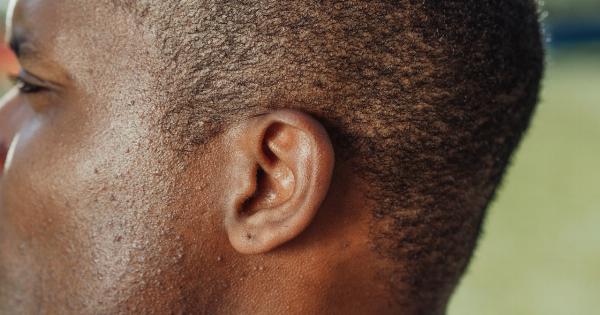Childhood illnesses may not only affect physical health but also the ability to hear. Hearing loss in children can have a considerable impact on language and cognitive development.
Children affected may miss important language and sound cues, which can result in delayed speech development, social isolation, and poor academic performance. Therefore, it is essential to recognize the childhood diseases that could lead to hearing loss.
Congenital rubella syndrome (CRS)
Congenital rubella syndrome (CRS) is a viral infection that occurs during pregnancy if the mother is infected with the rubella virus. Rubella infections are commonly mild and develop few symptoms.
However, if a mother contracts rubella in the first trimester of her pregnancy, it can lead to several birth defects, including hearing loss. According to Centers for Disease Control and Prevention (CDC), about 20-30% of infants born to mothers with CRS develop hearing loss, which can be sensorineural, conductive, or mixed.
Cytomegalovirus (CMV)
Cytomegalovirus (CMV) is a viral infection that can be passed from mother to baby during pregnancy. CMV is common and typically asymptomatic, but it can cause congenital defects that include hearing loss.
According to the National Institute on Deafness and Other Communication Disorders (NIDCD), about 20% of infants born with congenital CMV develop hearing loss.
Meningitis
Meningitis is an inflammation of the meninges, the membranes that surround the brain and spinal cord. Bacterial meningitis can cause severe health problems, including loss of hearing.
Meningitis-induced hearing loss can be sensorineural, conductive, or mixed and can develop rapidly or slowly after the onset of meningitis symptoms. According to the WHO, up to 30% of meningitis survivors develop hearing impairment, and the risk increases in infants and children under five years old.
Otitis media
Otitis media is an inflammation of the middle ear, commonly encountered in childhood. Most children experience otitis media at some point in their lives. It can lead to temporary hearing loss but is usually reversible.
However, chronic or repetitive otitis media can cause long-term hearing loss. Recurrent ear infections can cause damage to the eardrum or the small bones in the middle ear, leading to chronic conductive hearing loss.
Measles
Measles is a highly contagious viral infection that is rare in the United States due to widespread vaccination efforts.
However, measles outbreaks continue to occur, and the infection can have serious complications, including encephalitis and hearing loss. According to WHO, approximately one in 10,000 measles cases develop acute measles-virus-related hearing loss.
Varicella
Varicella, commonly known as chickenpox, is caused by a virus called Varicella-Zoster. Chickenpox is quite common in children, but it is rarely serious or life-threatening.
However, occasionally, the virus can affect the auditory nerve, causing hearing loss. According to the American Academy of Pediatrics, chickenpox is responsible for approximately 0.5-2.0 per 10,000 cases of permanent hearing loss.
Mumps
Mumps is a viral infection that causes swelling in the salivary glands. It is most common in children 5-9 years old and is typically mild. However, mumps can cause complications such as meningitis, encephalitis, orchitis, and hearing loss.
According to the CDC, approximately 1 in 20 children with mumps develop permanent hearing loss.
Conclusion
Childhood illnesses such as rubella, cytomegalovirus, meningitis, otitis media, measles, varicella and mumps can have serious consequences on a child’s hearing ability.
Early detection is crucial in identifying hearing loss in children affected with these illnesses, and appropriate interventions may be required to address the hearing loss. Parents should be vigilant for hearing issues in children, such as not responding to sounds or being late to developing language skills, and seek professional evaluation if there is a concern.




























